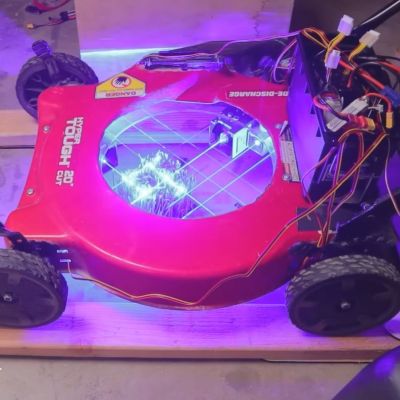So there’s this commercial electronic game out there called Catch Phrase, which, as the game’s own catch phrase explains, is the game that’s played one word at a time. See, a word comes up on the screen, and you have to get the other person or team to guess what it is using gestures and such before the timer goes off. There are a bunch of rules, like you can’t say a word that rhymes, give the first letter, or the number of syllables.
Well, [ahixson1230] and company got their hands on the After Dark NSFW version but found it lacking in the edginess department. So naturally, [ahixson1230] was inspired to build a better one, with a touch screen in lieu of buttons, and a way for players to suggest words to be added to the list. In this version, a player presses anywhere on the screen to start the game, and a random word or phrase comes up. They act it out, get the other person to guess, and then pass the unit over to continue the fun.
Batch Craze is based on the Cheap Yellow Display, aka the ESP32-2432S028R, and [ahixson1230] highly recommends [witnessmenow]’s excellent resource on the subject. As of this writing, [ahixson1230] is still trying to get the speaker to work, and welcomes any help. Can you assist?
There’s still time to enter the 2024 Tiny Games Contest! You have until Tuesday, September 10th, so head on over to Hackaday.IO and get started!




















